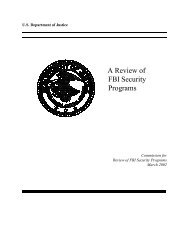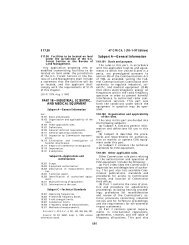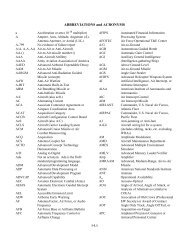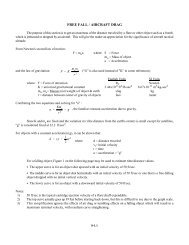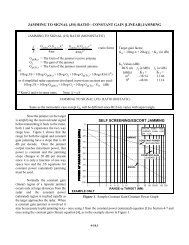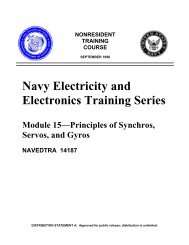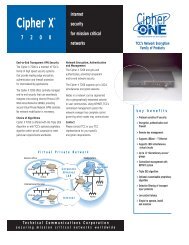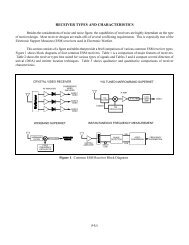profiset 30 manual.pdf
profiset 30 manual.pdf
profiset 30 manual.pdf
Create successful ePaper yourself
Turn your PDF publications into a flip-book with our unique Google optimized e-Paper software.
ISDN glossary<br />
Dual tone multifrequency<br />
(DTMF)<br />
A signalling method whereby the information is transmitted to the<br />
switching centre in the form of tones with various frequencies.<br />
Euro ISDN Uniform European ISDN standard introduced at the end of 1993.<br />
Hold<br />
Hunt group<br />
ISDN<br />
ISDN service<br />
LTU<br />
MSN<br />
Multi-device<br />
connection<br />
Multiple Subscriber<br />
Number (MSN)<br />
NTBA<br />
Park (TP)<br />
Point-to-multipoint<br />
operation<br />
Point-to-point<br />
operation<br />
Primary rate access<br />
S 0 bus<br />
The ”Call hold“feature. The non-communicating state of the user put on<br />
hold in the course of a consultation or toggle action.<br />
A number of terminals can be accessed under one call number or are<br />
switched together to one connection. A number of basic rate accesses<br />
can also be switched together to one connection.<br />
Abbreviation for Integrated Services Digital Network. Service-integrating<br />
digital telecommuications network which integrates telecommunications<br />
services such as telephone, telefax,, data and image transmission<br />
in a network.<br />
The ISDN network offers several additional services to make communication<br />
more convenient, e.g. call forwarding, three-party conference.<br />
These additional features are called ISDN services.<br />
Abbreviation for “ISDN line trunk unit“ .Connecting box for digital<br />
terminals on the S 0 bus.<br />
Abbreviation for Multiple Subscriber Numbers; a multiple subscriber<br />
number of the ISDN basic rate access in a multi-device connection.<br />
A connection whereby a number of terminals can be operated simultaneously<br />
on an S 0 bus in point to multipoint operation.<br />
Assigned by Deutsche Telekom for an ISDN basic rate access with multidevice<br />
connection. Multiple subscriber numbers are used for direct inward<br />
dialling to the terminal but, unlike the direct inward dialling number,<br />
are completely independent of each other.<br />
Abbreviation for Network Termination for Basic Access. Network<br />
termination of an ISDN basic rate access which is installed by or can<br />
be obtained from Deutsche Telekom.<br />
ISDN service. Abbreviation for Terminal Portability and means that a call<br />
can be parked in order to unplug the telephone from one socket and<br />
plug it into another socket of the same S 0 bus.<br />
Is an ISDN multi-device connection whereby a number of ISDN terminals<br />
can be operated on an S 0 bus.<br />
An example of point to point operation is the primary rate access. In this<br />
case, only one terminal can be operated on the connection. For this reason,<br />
it is called a system connection. In most cases, the system connected<br />
is an ISDN PBX.<br />
ISDN connection equipped with <strong>30</strong> B channels each offering 64 kBit/s.<br />
Primary rate access (system connection) is only available in connection<br />
with a standard rate or premium rate access.<br />
A line used from the network termination in the multi-device connection.<br />
Up to 12 connecting boxes and up to 8 ISDN terminals can be connected<br />
to an S 0 bus; of these, however, only 4 ISDN terminals can be<br />
connected simultaneously without separate power supply.<br />
47



